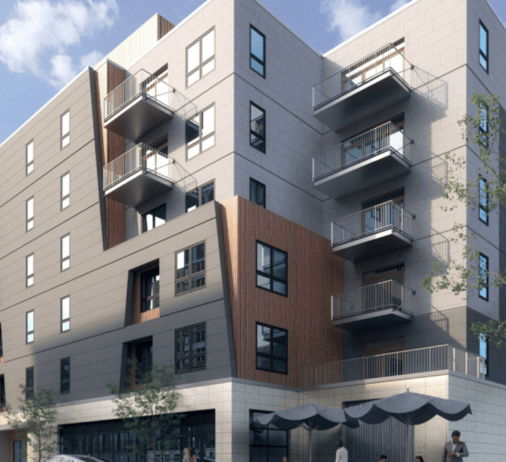The Ripple Effect of New Housing Supply on Rental Markets
The Supply Chain of Housing Affordability
The housing market’s natural dynamics are on full display in cities across the U.S., where new apartment construction is driving down rents—not just for high-end units but also for the most affordable ones. This phenomenon, often called “filtering,” is a clear demonstration of how increasing supply impacts rental prices at all levels.
Evidence of Supply in Action
In 12 U.S. markets, rents for the lowest-priced Class C apartments have fallen by at least 6% year-over-year. What unites these cities? Supply. In each of these markets, the rate of new apartment construction is above the national average.
Florida stands out in this regard. Cities like Fort Myers, Sarasota, and Daytona Beach are seeing Class C rent declines of 10-12%. Larger markets such as Orlando, Jacksonville, and Tampa are also experiencing decreases, with rents in the Class C segment dropping by 4-5%. This trend isn't limited to the Sunshine State. Other high-supply markets such as Austin, Phoenix, Salt Lake City, Atlanta, and Raleigh/Durham have also seen Class C rents fall by at least 6%.
Interestingly, these markets are not suffering from a lack of demand. They remain some of the strongest for in-migration, job growth, and overall apartment absorption. Instead, the sharp increase in supply is doing exactly what economists predict: creating competition across all rental classes.

How Filtering Works
Filtering occurs when renters in mid-tier Class B apartments upgrade to new luxury Class A units, leaving behind vacancies in Class B properties. To attract new tenants, these mid-tier properties lower rents, which in turn attracts renters from Class C apartments. This chain reaction creates a rare opportunity for renters at all income levels to benefit from lower costs.
However, filtering requires significant new construction to function effectively. Historically, this mechanism didn’t materialize as clearly due to insufficient supply that lagged behind demand. When the construction pipeline is strong, as it is in many of today’s high-supply markets, the filtering process becomes evident, and rents decrease across the board.
The Alternative: Stagnant Supply and Rising Costs
In markets with limited new apartment construction, Class C rents are rising. Among the 150 largest U.S. metros, Class C rent growth exceeded 5% in 18 markets, nearly all of which have seen minimal new development. These include Midland/Odessa, TX; Knoxville, TN; and Grand Rapids, MI, as well as larger markets like Cincinnati and Chicago.
The lack of supply in these cities reinforces the point: without enough new construction, even the most affordable rental units remain scarce, and their prices climb.
Why Luxury Multifamily Construction Matters
Critics of housing policy often question the need for more luxury apartments, arguing that these units serve only high-income renters. However, the data paints a different picture. Luxury apartments are often the only feasible projects developers can build, given the rising costs of land, labor, and materials. These units also carry high taxes, impact fees, and insurance costs, which necessitate premium pricing.
Still, these luxury projects play an essential role in creating affordability. By accommodating renters who can afford high-end apartments, they alleviate pressure on mid-tier and lower-tier housing stock, allowing rents to drop across all segments.
The Path Forward
The lesson is clear: addressing affordability requires embracing development at all price points. Cities that resist new construction inadvertently worsen affordability by failing to create the filtering effects seen in high-supply markets. Policymakers must support development initiatives, reduce regulatory barriers, and incentivize builders to maintain the robust supply pipeline necessary for housing markets to stabilize.
The argument isn’t just about luxury versus affordable—it’s about building enough homes to meet the demand. When supply grows, rents fall. It’s a straightforward economic truth with real-world benefits for renters at every income level.

